2015 Visiting Speakers
Here are a few of our guest speakers from Mathcamp 2015:

Adam Larios (University of Nebraska-Lincoln)
Adam Larios does research in fluid dynamics, computational science, and partial differential equations. He is interested in turbulence, ocean dynamics, the complex interaction between fluids and solids, and the properties of magnetic fluids, such as the plasmas in stars. Much of his work is related to the $1,000,000 Clay Millennium prize for the equations behind the chaotic motion of fluids. This work is highly theoretical, but also involves performing large-scale massively-parallel simulations on supercomputers to test mathematical and scientific hypotheses computationally. He is inspried by a deep curiosity for nature and a fascination with its inner workings. He loves sharing his passion for mathematics and science with students.

Adam Marcus (Yale, Crisply)
Adam splits his time between being Chief Scientist at Crisply, a machine learning startup that he helped to cofound, and doing academic research. In the former, he mixes statistics, computer science, and optimization in attempt to build a "meta-learner" (something that can learn how to learn). In the latter, he likes looking for the right answers in the wrong places. Visit Adam's website.
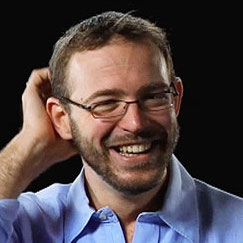
Allan Adams (MIT)
Allan Adams works on quantum versions of algebraic and differential geometry that play a fundamental role in string theory, and uses black holes in 5 spacetime dimensions to study high-temperature superconductors in the usual 4. He believes that everyone should understand quantum mechanics - which is as beautiful and strange as it is true - and looks forward to discussing it at Mathcamp. Visit Allan's website.
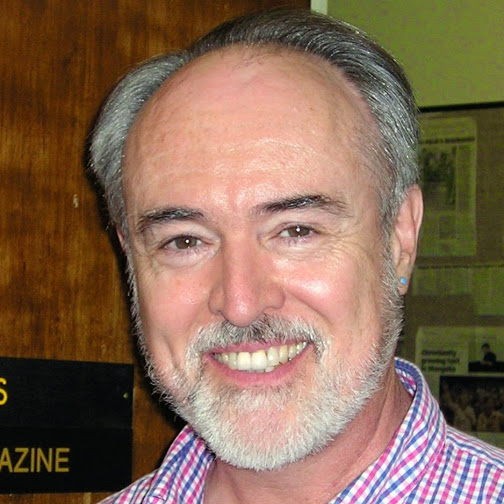
Frank Farris (Santa Clara University)
Frank Farris considers himself to have reinvented wallpaper patterns. Instead of stamping them out from repeated copies of a motif, he uses functions called complex waveforms that have just the right symmetry. This is the subject of his new book from Princeton University Press, Creating Symmetry, The Artful Mathematics of Wallpaper Patterns. The underlying mathematics combines Fourier analysis, group theory, and partial differential equations. There's also a liberal sprinkling of visual art, since the functions call up pixels from photographs in order to create the patterns. It's math, it's art, and it's fun. Visit Frank's website.
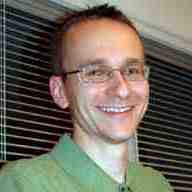
Jared Whitehead (Brigham Young University)
Jared works in the field of partial differential equations, using complicated mathematical analysis in combination with numerical simulations, asymptotics, and insight gain from physical scientists, to make progress in understanding how fluids (ranging from the earth's mantle, oceans and atmosphere to solar plasmas) dynamically interact. In his free time, he very much enjoys the outdoors including: hiking, biking, but mostly trail running and spending time with his wife Samantha and five children.

Katie Mann (UC Berkeley)
Katie combines techniques from geometry, topology and dynamics in her research, studying groups of homeomorphisms of manifolds. She also has a fondness for hyperbolic geometry and explaining math with pictures and models and shapes, which you'll surely see some of at mathcamp. Katie also enjoys cycling -- she's been known to bike 70 miles to a get to a math conference.
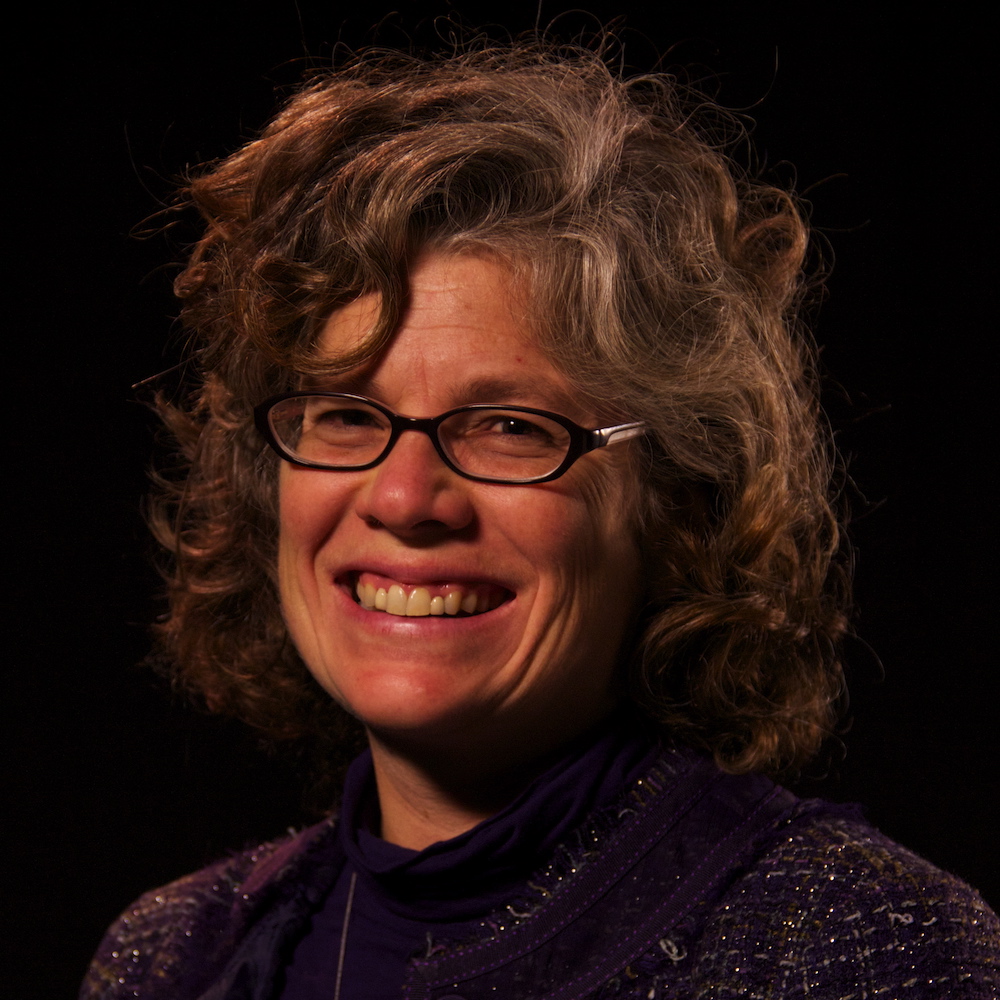
Kristin Lauter (Microsoft Research)
Kristin Lauter leads the Cryptography Research Group at Microsoft Research. She loves working on hard math problems which are used in modern cryptosystems, focusing mostly on algorithmic number theory problems. Besides working on challenges such as constructing elliptic curves for cryptography and attacking lattice-based cryptosystems, she has proposed new cryptosystems based on the hardness of routing in certain graphs, for example. Kristin is currently President of the Association for Women in mathematics and she is passionate about supporting careers for women and girls in mathematics. She was a co-founder of WIN, a research network of women in Number Theory – ask her about Research Collaboration Conferences for Women!
Visit Kristin's website.

Matt Stamps (Yale-NUS College)
Matt Stamps applies ideas from geometry and topology to problems in combinatorics, mechanical engineering, and biology. This often involves studying spaces whose points correspond to more complicated objects, like graphs or robot arms or proteins. Aside from math, Matt loves to travel and write short stories in coffee shops around the world; he's visited fourteen countries outside of the US and Canada within the last three years.Visit Matt's website.
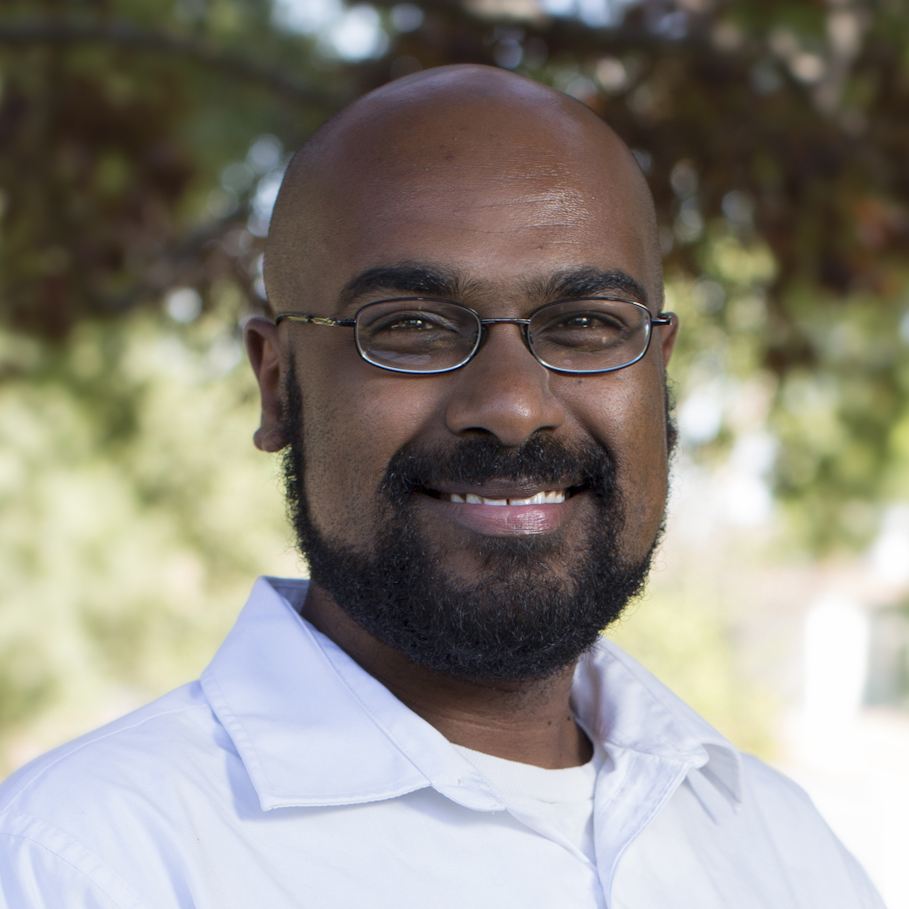
Mohamed Omar (Harvey Mudd College)
Mo's research interests lie in the interplay between algebra, combinatorics, and optimization. Canada/USA Mathcamp is near and dear to his heart; he was an academic coordinator and a mentor in past years and earned fame by trolling anagram games with 4-letter crustacean larvae. For fun he plays in a competitive LGBT basketball league, creates math contest problems, frequently visits a cafe in Los Angeles housing over 700 board games, promotes all things Canadian (minus Rob Ford) with emphatic pride, and screams impatiently while watching Wheel of Fortune. Visit Mo's website.

Moon Duchin (Tufts)
Moon Duchin works in geometric topology and geometric group theory. She particularly looks at the large-scale geometric structure of groups and unusual metric spaces. One recurring theme is taming the geometric infinite by either attaching a "boundary at infinity" to a space you want to study, or else approaching it dynamically by understanding what happens after you flow or jump around in your space for a really long time. She's also actively interested in history, philosophy, and cultural studies of science. Visit Moon's website.
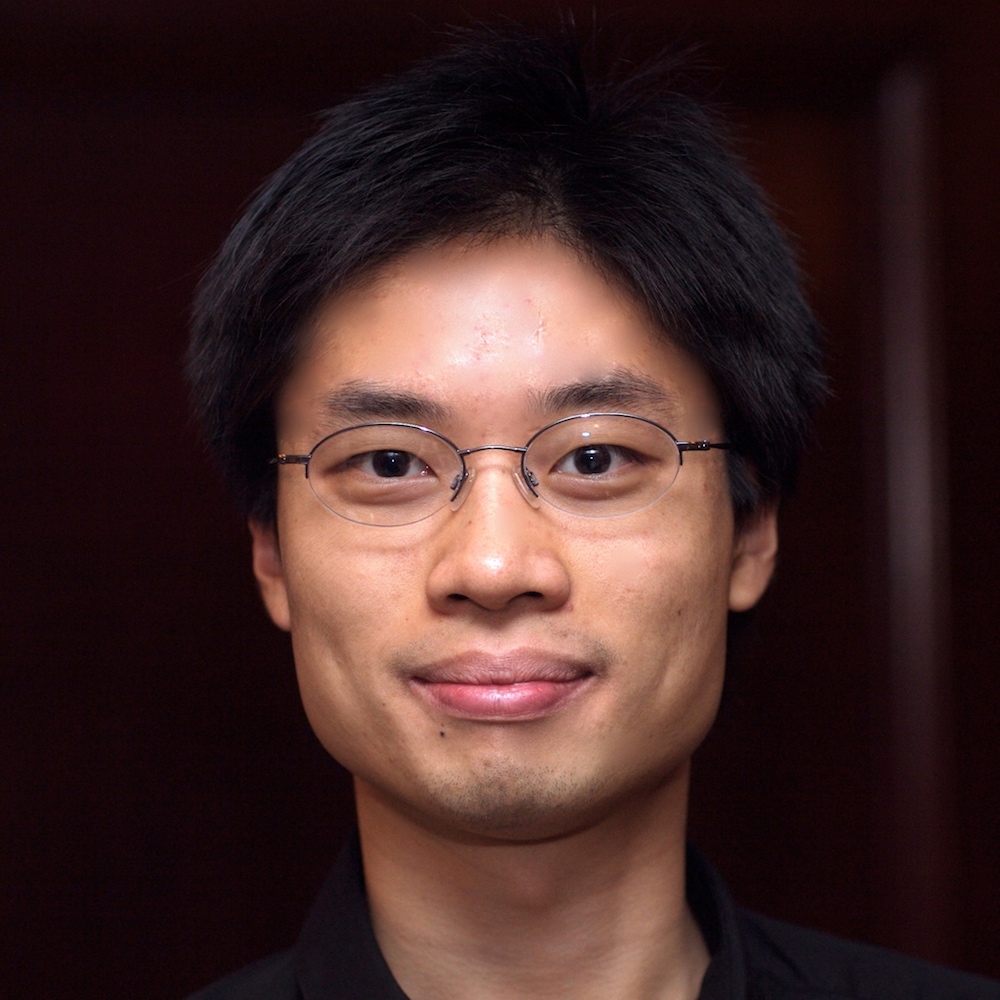
Po-Shen Loh (Carnegie Mellon)
Po-Shen Loh studies questions that lie at the intersection of two branches of mathematics: combinatorics (the study of of discrete systems) and probability theory. Randomness can manifest itself in the construction of a combinatorial system, as in the case of a so-called "random graph", but may also be artificially introduced as a proof technique to solve problems about purely deterministic systems, as was pioneered by Paul Erdos in what is now known as the Probabilistic Method. He is also passionate about developing mathematical talent at all levels, from coaching the USA International Math Olympiad team, to speaking at math enthusiast gatherings around the world, to crowd-sourcing interactive math/science lessons by all, for all, at expii.com. Visit Po-Shen's website.





